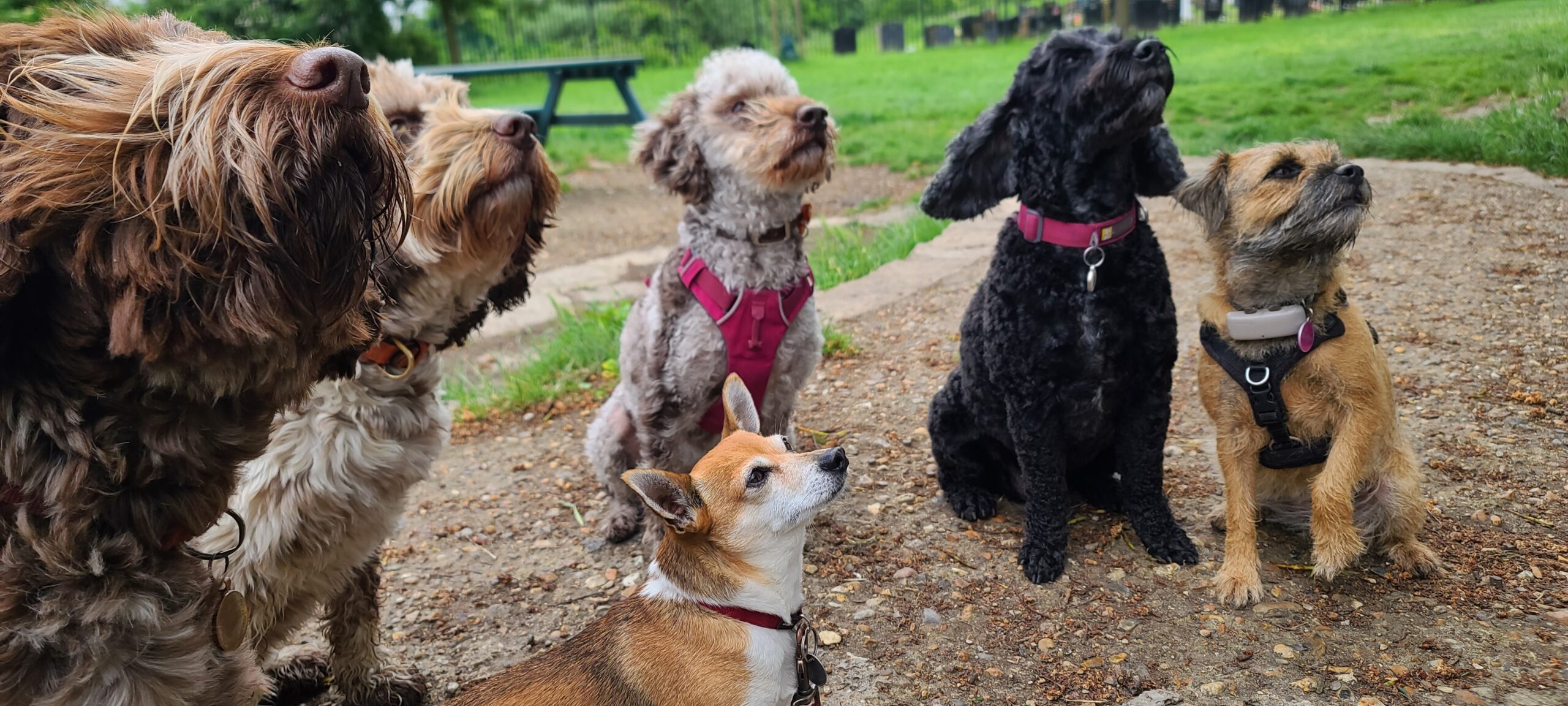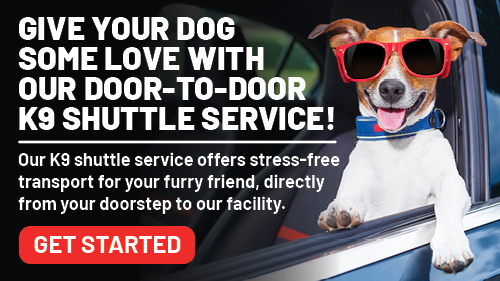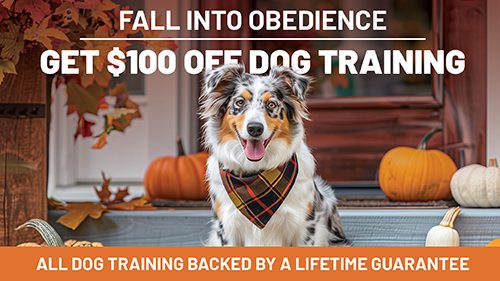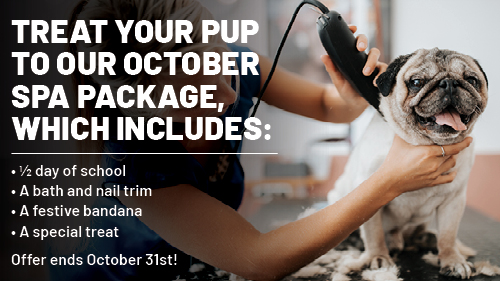
Training your dog is one of the most rewarding investments you can make in your pet’s life—and yours. Whether you’ve welcomed a new puppy, adopted a rescue, or need to correct specific behaviors in an older dog, finding the right training approach is critical. The most common dilemma dog owners face is deciding between private dog training vs group classes. Each offers its own benefits, challenges, and considerations.
At Top Dog Training and Resort, we understand that every dog, and dog owner, has unique needs. This blog will guide you through the pros and cons of both private and group dog training formats, highlighting key factors like learning style, cost, socialization, behavior correction, and training goals. By the end, you’ll be able to confidently choose the best training method for your furry friend.
Understanding Private Dog Training vs Group Sessions
When it comes to dog training, the structure of the program plays a vital role in success. Let’s break down what each training format involves:
Private Dog Training: The Personalized Approach
Private dog training, often conducted in your home or a professional training facility, is tailored specifically to your dog’s temperament, behavior, and goals. This one-on-one training allows the trainer to focus solely on your pet’s needs, making it ideal for:
- Dogs with behavioral issues (e.g., aggression, fear, anxiety)
- Puppies who need intensive training
- Owners seeking customized schedules
- Training in specific environments (e.g., your home)
Group Dog Training: The Power of Group Dynamics
Group training typically takes place in a class setting with multiple dogs and their owners. These sessions are structured, scheduled, and follow a curriculum that covers obedience basics, socialization, and interactive activities. Group training benefits include:
- Socialization with other dogs and people
- Lower cost than private sessions
- Controlled distractions to practice commands
- Peer motivation (for both dogs and owners)
One-on-One Training, When Personalization Matters Most
If your dog is struggling with specific behaviors or needs to overcome fear, one-on-one training can be a game changer. Here’s why a personalized approach often yields quicker, deeper results:
Behavioral Issues
Dogs dealing with trauma, aggression, separation anxiety, or reactivity benefit immensely from private attention. A certified trainer can assess root causes, monitor your dog’s progress closely, and adjust strategies in real time.
Customized Goals
Every dog is different. One might need crate training while another needs leash manners. Private training ensures your dog isn’t forced to follow a generalized curriculum but receives guidance aligned with your goals and lifestyle.
Flexible Scheduling
Private training can often be arranged around your schedule—early mornings, evenings, or weekends. This is especially valuable for busy professionals or families managing multiple responsibilities.
Faster Results
Because the training is customized and focused, dogs typically show improvement more quickly than they might in group settings where time is shared.
However, private training often comes with a higher price tag. Still, for many dog owners, the personalized approach is worth every penny when behavioral correction and efficiency are priorities.
Group Dynamics and Their Role in Training
Training isn’t just about obedience—it’s also about teaching your dog to exist harmoniously with others. That’s where group dynamics come into play.
Socialization Benefits
Group dog training gives dogs exposure to different people, dogs, and controlled distractions. This is crucial for puppies going through their socialization window (8–16 weeks) and for adult dogs who are shy, excitable, or fearful around others.
Behavior in Public Settings
Learning to focus amid distractions is key to successful public behavior. Group settings help your dog understand cues in a more realistic, social environment.
Peer Motivation
Dogs are incredibly perceptive. Watching other dogs respond to commands and receive praise or treats can motivate your own pet to follow suit.
Structure and Routine
Many group classes follow a progressive curriculum. These structured sessions are perfect for pet parents who appreciate a step-by-step program that builds over time.
That said, group classes aren’t for every dog—especially those who are reactive, fearful, or overstimulated by other animals. In these cases, consider starting with private dog training and transitioning into group formats later.
Which Format Suits Different Dog Personalities?
Every dog has its own learning style. Some thrive in social environments, while others prefer minimal distractions. Here’s a guide to help you decide based on temperament:
Private Training Is Best For:
- Shy or anxious dogs who get overwhelmed easily
- Aggressive or reactive dogs needing controlled environments
- Dogs with past trauma or abuse history
- Dogs who struggle to focus in distracting environments
- Owners who want custom goals or advanced skills
Group Training Is Best For:
- Puppies needing basic manners and socialization
- High-energy dogs who enjoy play and stimulation
- Owners looking for affordable training
- Dogs with no history of behavioral issues
How to Decide What’s Right for You and Your Dog
If you’re still uncertain about private dog training vs group, here are some key questions to ask yourself:
- What are your training goals? (e.g., basic obedience, behavior correction, service dog training)
- How does your dog behave around other dogs and people?
- Do you have a flexible schedule or need convenience?
- What is your budget?
- Do you want to be highly involved or prefer a trainer to take the lead?
Here’s a simplified decision-making chart:
| Situation | Best Option |
| Dog is aggressive or reactive | Private Dog Training |
| Puppy under 4 months | Group Dog Training |
| You want fast, customized results | Private Dog Training |
| You’re on a budget | Group Dog Training |
| Dog enjoys playing with others | Group Dog Training |
| You’re dealing with complex issues | Private Dog Training |
Every dog and owner duo is different. If you’re unsure, schedule an evaluation session with a trusted trainer who can make a professional recommendation based on your dog’s behavior.
Choose What Works for Your Unique Bond
Whether you choose private or group classes, the most important thing is to invest in consistent and positive dog training. What matters most is building a healthy, trusting relationship between you and your pet.
If your dog needs behavioral help, flexibility, or advanced skills, private dog training is a strong choice. For social pups and owners looking for structured obedience at a lower cost, group training delivers excellent value.
SCHEDULE A MEET AND GREET
Thank you for loving him!
While there, he did have a medical event which came as a surprise to everyone, I received a call explaining the situation and a suggested course of action. Being overseas there was little I could do. Again, Jenny and the Top Dog staff stepped up going beyond the call for Loki. Today, we picked him up, healthy and very happy and I cannot express enough gratitude for the amazing care, play and training these folks did for Loki. You guys are awesome!
Update: 3/15/24 Elodie is still going here and extremely excited when we pull in their driveway. I wish I could add more stars to their review! This past week was Elodie’s second birthday. They threw her a little birthday pawty and gave her a doggie cookie-cake! I updated the photos to show a screenshot of a video they provided to me. I’m so pleased with their care of my fur baby ❤️
FAQs (Frequently Asked Questions)
Absolutely! Many owners start with private training to address specific issues and transition to group classes for socialization and continued learning.
Puppies can start training as early as 8 weeks old, especially with socialization classes. Basic obedience typically begins between 10–12 weeks.
Results vary depending on the dog and consistency of training. Private sessions may show progress in a few sessions, while group classes typically show results after a few weeks.



